The Bulgarian National History Museum was established on May 5, 1973 with the aim of both preserving and preserving artifacts and providing a comprehensive view of Bulgarian history from prehistoric times to in the general European context.
The first representative exhibition of the museum was opened in 1984 on the occasion of the 1300th anniversary of the founding of the Bulgarian state at the Court Building in Sofia on an area of 10,000 square meters. Later, in 2000, the National Museum of Bulgarian History was moved to the mansion that was formerly the main residence of dictator Todor Zhivkov at the foot of Mount Vitosha. Todor Zhivkov had been the last communist leader of Bulgaria and on 10 November 1989 he was completely stripped of his power. This new mansion has an area of up to 6000 square meters with 11 rooms and two of them are used for temporary exhibitions and a large park surrounds creating a green space at the foot of Mount Vitosha.
Currently, the Bulgarian National Museum of History holds more than 650,000 artifacts related to archeology, fine art, history and ethnography. However, only 10% of the total artifacts are on permanent display.
The museum currently houses one of the most valuable Thracian gold treasures believed to have spread the glory of Bulgaria around the world. This is part of the Varna treasure trove, all of which are the oldest processed gold in Europe dating back to the millennia BC. The museum also houses gold necklaces from the Dabene region, Karlovo from the beginning of the 3rd millennium BC, made with such astonishing precision that even modern goldsmiths feel it. difficulty and wonder or gold gifts and objects belonging to the Thracian kings in the famous Panagyurishte gold treasure from the late 4th to early 3rd centuries BC with a total weight of 6,165 kg and many items with other value.
In addition, the Bulgarian National History Museum regularly organizes various exhibitions. Among them, the exhibitions showing the spirit of the Bulgarians during the period of Ottoman rule (XIV-XIX centuries) are among the most outstanding. Here, dozens of valuable works of art and jewelry, church supplies, fabrics and manuscripts, and icons are on display. Another exhibition on the Third Bulgarian Kingdom (1878-1946) is represented by original exhibits from the "royal collection" of the Coburg-Gotha Bulgarian dynasty, with personal belongings of politicians, Bulgarian cultural figures and celebrities are well received by visitors. The museum also houses an extensive ethnographic collection including traditional clothing, jewelry and more collected from all over the country.
The National Museum of History also has other facilities such as a coffee shop, library and souvenir shop for visitors to visit. In addition to conservation and display work, the museum also offers professional restoration of historic sites, authenticity investigations, and expert valuations.
Website : www.historymuseum.org
Phone : +359 2 955 4280
Hours of Operation :
Summer (April to October): 09:30 - 18:00 weekdays
Winter (November to March): 09:00 - 17:30 weekdays
Ticket price :
Adult: 10 lv
Student: 1 level
 Register
RegisterSign in Travel Agent
Sign in Supplier
Sign in Affiliate
Sign in Guru

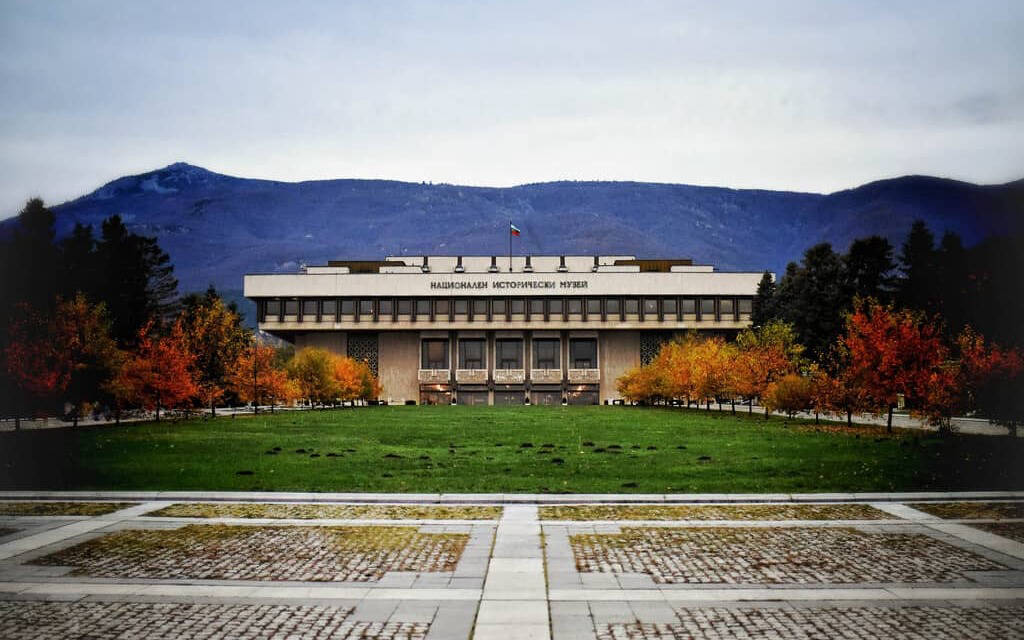
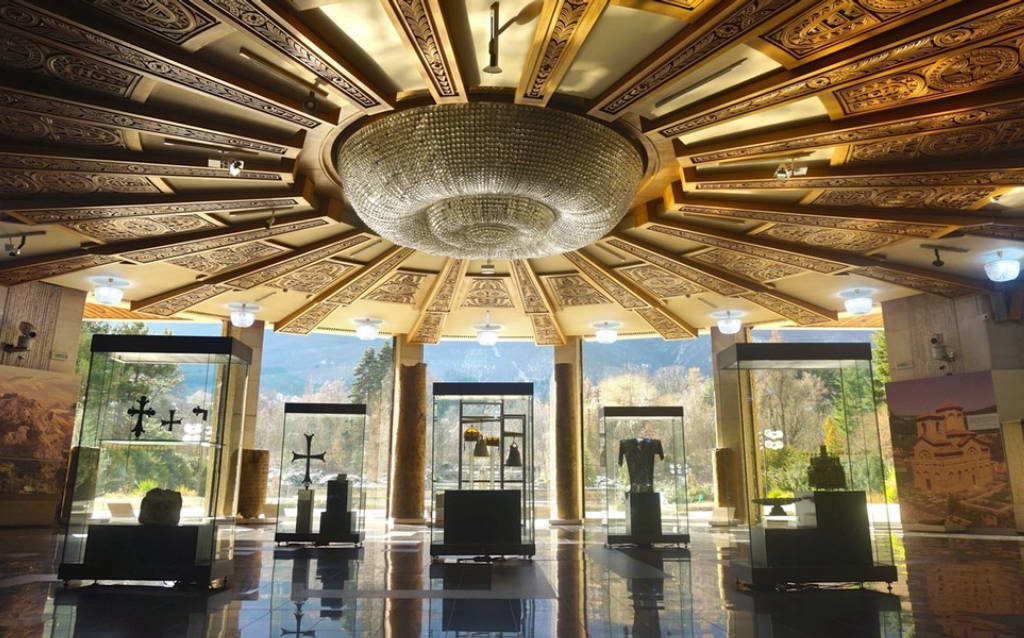
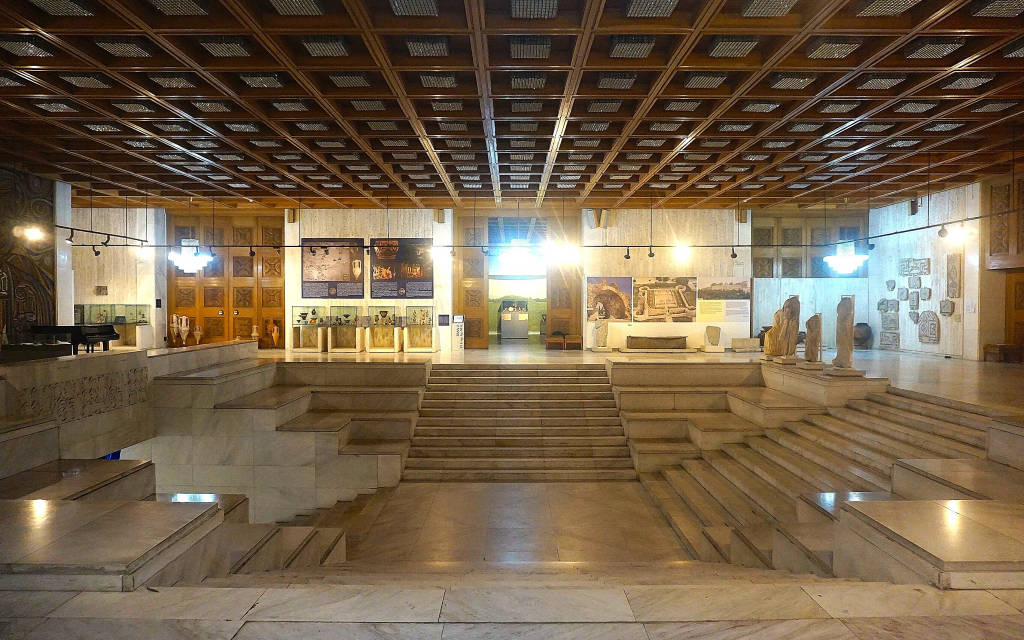
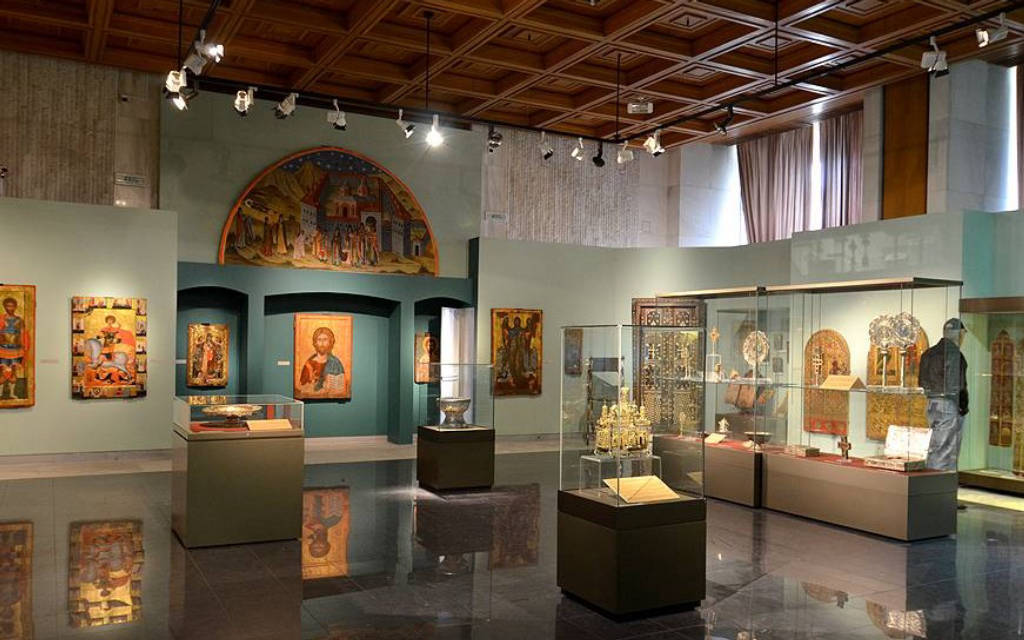
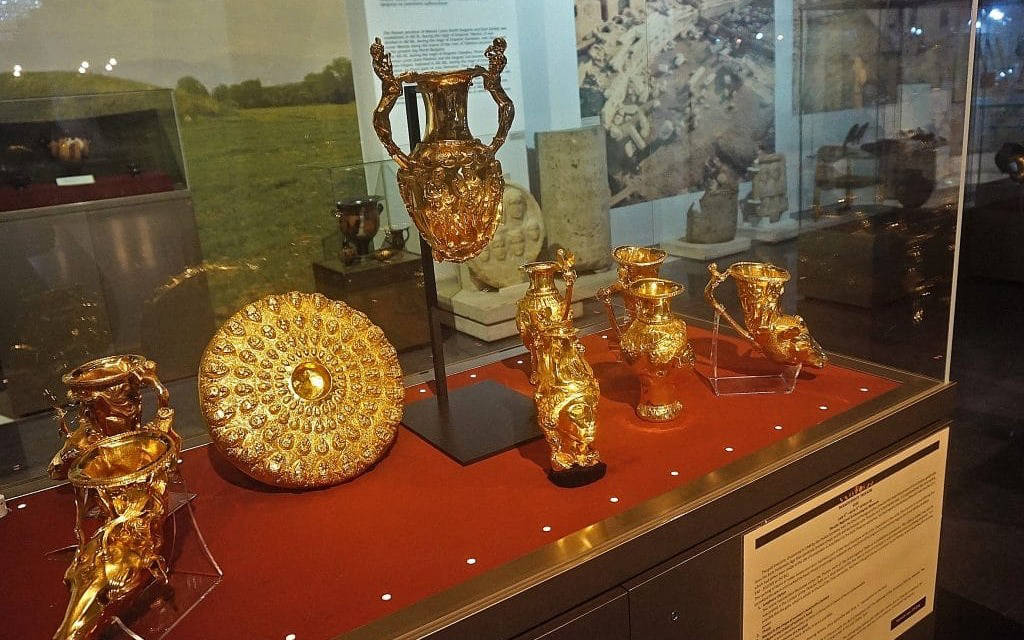
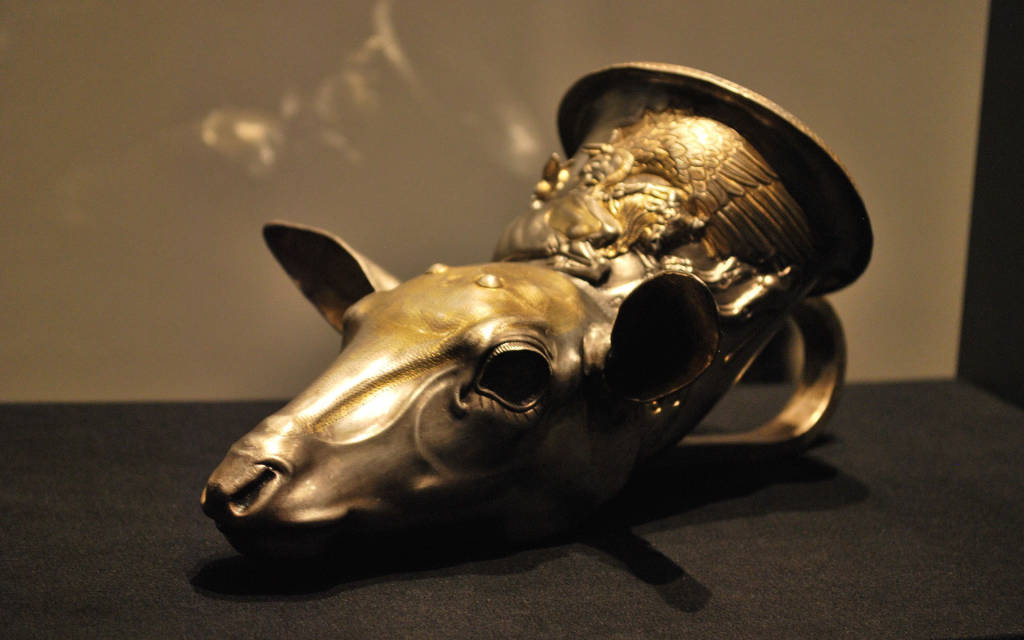






 ul. "Vitoshko lale" 16, 1404 Boyana, Sofia, Bulgaria
ul. "Vitoshko lale" 16, 1404 Boyana, Sofia, Bulgaria